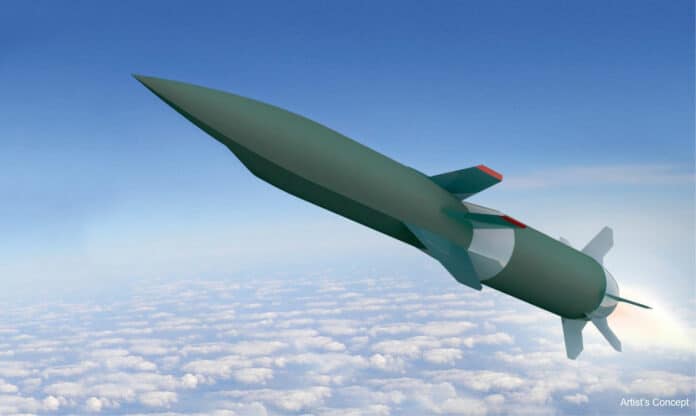Despite hype and technological hurdles, the pace of hypersonic weapons development is accelerating.
The Defense Advanced Research Projects Agency (DARPA) and the U.S. Air Force have successfully carried out the final test of the Hypersonic Air-breathing Weapon Concept (HAWC) missile. The Lockheed Martin version of the missile, with its Aerojet Rocketdyne scramjet, marked the completion of the HAWC program that accomplished all of its initial objectives.
During the test flight, the HAWC vehicle flew at speeds greater than Mach 5, higher than 60,000 feet, and farther than 300 nautical miles (556 km). Also, it reached altitudes higher than 60,000 feet (18.3 km), according to a DARPA statement.
The latest flight demonstrated improved capabilities and performance. The nation’s hypersonic portfolio now has two feasible hypersonic airbreathing missile designs (Lockheed Martin and Raytheon) to improve and mature in the future.
“The HAWC program created a generation of new hypersonic engineers and scientists,” said Andrew “Tippy” Knoedler, the HAWC program manager. “HAWC also brought a wealth of data and progress to the airbreathing hypersonic community. The industry teams attacked the challenge of scramjet-powered vehicles in earnest, and we had the grit and luck to make it work.”
DARPA will now use the data gathered from these four flight tests with a new program. Even though the HAWC program has executed the final phase of the program, there is still data to analyze and more opportunities to mature the technology.
DARPA plans to continue that maturation in the More Opportunities with HAWC (MOHAWC) program by building and flying more vehicles that build upon HAWC’s advances. Those missiles will expand the operating envelope of the scramjet and provide technology on-ramps for future programs of record.
“This month’s flight added an exclamation point to the most successful hypersonic airbreathing flight test program in US history,” said Walter Price, an Air Force deputy for the HAWC program. “The things we’ve learned from HAWC will certainly enhance future U.S. Air Force capabilities.”
